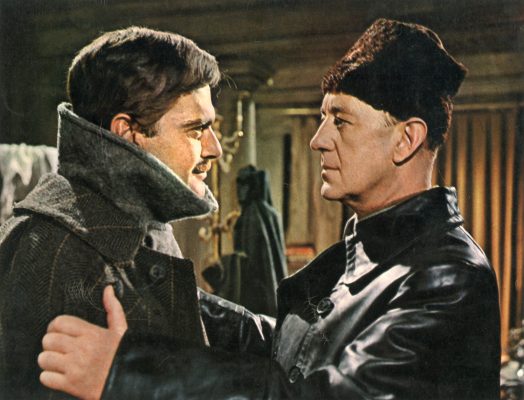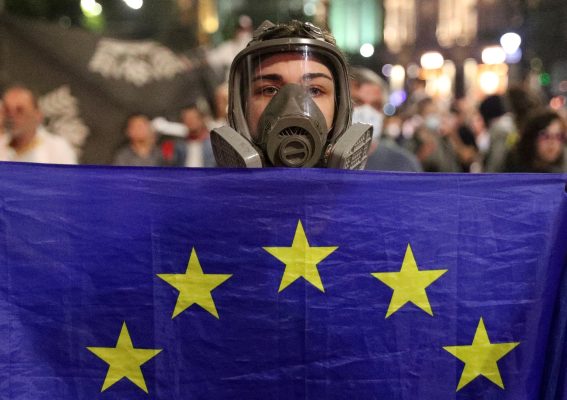Russia’s Middle Eastern allies are swiftly mastering the craft of information manipulation. The last decade’s upheaval in Iraq and Syria has spawned a new generation of media platforms owned and operated by Iranian-backed militant groups. Following the October 7 pogrom by Hamas terrorists inside Israel, these media assets were deployed to inundate the public sphere with glorification of the violence and calls for further bloodshed.
The blueprint for such ventures is Hezbollah’s Al-Manar TV channel, established in 1990. Hezbollah has crafted a programming strategy that’s as engaging as it is insidious. According to a 2004 analysis, only a quarter of Al-Manar’s programming consisted of news; the rest featured music videos, talk shows, and dramas, often supplied by Iran’s state broadcaster.
This aligns closely with what marketing experts call the “golden rule of social media marketing”: 80% of content should entertain, inform, or delight, leaving 20% for overt promotion. The formula proved potent — Al-Manar has grown to be one of the top four most-watched stations in the Arab World, while also diversifying into digital content in five languages.
Iran capitalized on Al-Manar’s success by founding the Islamic Radio and Television Union (IRTVU) in 2007. As Iranian-backed militias took a prominent part in the civil wars in Iraq, Syria, and Yemen, Tehran funneled resources to transform its military muscle into lasting political clout.
Iranian-backed Iraqi militias launched TV stations like al-Etejah, al-Ahad, al-Nujaba, and al-Baeenah, while Yemen’s Houthis established al-Masira. The IRTVU also incorporated longstanding media entities tied to Hamas and Palestinian Islamic Jihad, such as Quds News Network and Al-Aqsa.
The Union, whose stated mission is to confront “false and malicious propaganda of the enemies of Islam,” claims 210 members across 35 countries, though these figures could not be verified. Documentation on sources of funding is scarce, but reports of Al-Manar show revenue coming from international donations, Iranian government subsidies, and tithes given by associated religious institutions. Many operate as normal television channels and generate revenue through advertising or licensing deals, though the United States has sanctioned numerous IRTVU members.
The IRTVU’s strength was evident after the October 7 massacre.
In the week following the bloodshed, media outlets owned by Hamas produced 8,011 Arabic-language posts, Hezbollah-affiliated outlets churned out 4,597, those tied to Popular Mobilization Forces — a grouping of Shiite Iraqi militias closely linked to the Islamic Revolutionary Guard Corps, or IRGC — posted 2,100, and Houthi-aligned media published 712, according to data from Omelas, an open-source intelligence firm where the author is president.
These figures were more than double the previous week’s output and triple that of media outlets owned by the Qatari and Saudi governments, including Al-Jazeera and Al-Arabiya. The narrative was uniformly supportive of the violence while vilifying Israel’s response.
The most engaged post showed a Hamas gunman holding a bedridden elderly woman hostage and claiming, in contravention to the reality around him, that they would not kill women. Hezbollah’s top post promised “a response” were Israel to cut off Gaza’s water and electricity.
Another leading post from Hamas’s Qatar-based leader, Ismael Haniyeh, quotes Sura 9, Ayat 14 of the Quran: “Fight against them so that Allah will punish them by your hands and disgrace them and give you victory over them and heal the breasts of a believing people.” Sentiment analysis showed anger to be the dominant emotion conveyed in 60% of posts overall and 72% of the most engaged posts.
Iran has a thorough understanding of the information environment’s power, implementing one of the world’s harshest censorship regimes. As its regional ambitions broaden, IRTVU has become an indispensable tool for proliferating the extremist propaganda that bolsters its influence. The Union’s prodigious output in the aftermath of recent atrocities reveals the formidable reach and impact of its media network.
Ben Dubow is a Nonresident Fellow at CEPA and the founder of Omelas, which tracks authoritarian influence online.
Europe’s Edge is CEPA’s online journal covering critical topics on the foreign policy docket across Europe and North America. All opinions are those of the author and do not necessarily represent the position or views of the institutions they represent or the Center for European Policy Analysis.





